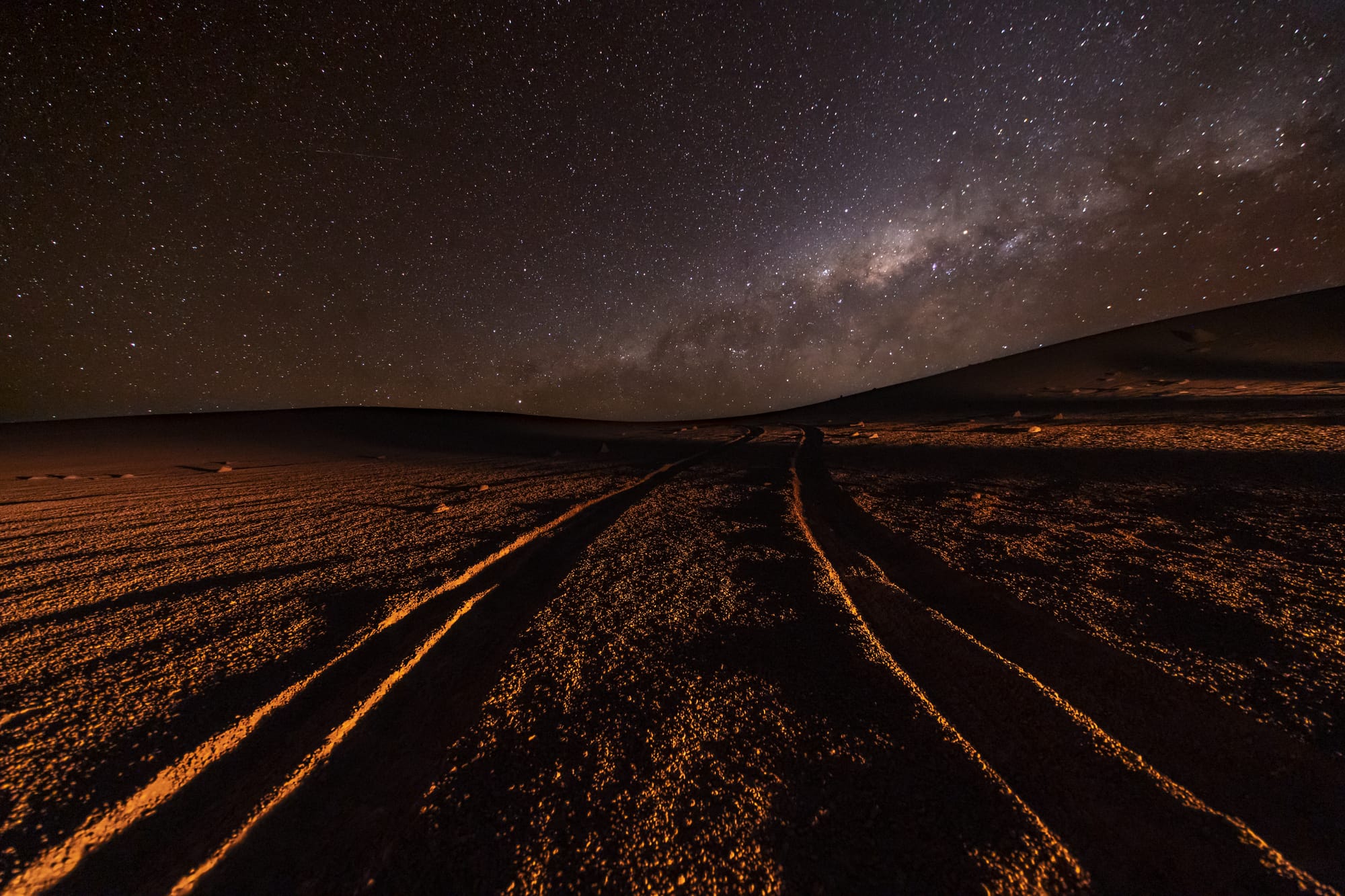The high-altitude plateaus of Chile nestle the Atacama Desert, which serves as a premier stargazing destination. Due to its arid climate, minimal light pollution, and vast clear skies, the desert boasts some of Earth's darkest and driest conditions. The Paranal Observatory - housing the Very Large Telescope (VLT) - and the ALMA Observatory leverage this ►
The high-altitude plateaus of Chile nestle the Atacama Desert, which serves as a premier stargazing destination. Due to its arid climate, minimal light pollution, and vast clear skies, the desert boasts some of Earth's darkest and driest conditions. The Paranal Observatory - housing the Very Large Telescope (VLT) - and the ALMA Observatory leverage this pristine environment to unveil mysteries embedded within the Southern Hemisphere's night sky.
An astronomical oasis perches atop the Pacific's highest peak, Mauna Kea; its presence captivates stargazers worldwide. Mauna Kea emerges as a genuinely unique observatory with a significant altitude advantage, minimizing atmospheric interference to an unprecedented level and rigorous efforts against light pollution. Located above a substantial portion of Earth's atmosphere, the Mauna Kea Observatories offer an unparalleled vantage point for cosmic study. The setting sun over the Pacific breathes life into the summit: telescopes focus, with precision and anticipation, on the enigmatic secrets of our nocturnal heavens.
The NamibRand Nature Reserve, located in the core of the Namib Desert, is a compelling tribute to Africa's enchanting night skies. As an International Dark Sky Reserve designation recipient, this untouched wilderness presents stargazers with an immersive encounter under Earth's most shadowy heavens. Distant from urban centers' radiance, it is on the NamibRand that constellations, planets, and even our Milky Way paint their luminous masterpiece.
The allure of Africa's night skies finds its testament in the heart of the Namib Desert at the NamibRand Nature Reserve: a pristine wilderness designated as an International Dark Sky Reserve; it offers stargazers immersed beneath some of Earth's darkest canopies an unparalleled experience. Far removed from urban glow lies a canvas where constellations, planets and even our Milky Way paint with unmatched brilliance, truly epitomizing nature's grandeur. The unfiltered connection with the cosmos is allowed only in the absence of artificial light; this is a rare experience that astrophotographers and astronomy enthusiasts revere as their destination.
The unique blend of natural beauty and dark skies at Natural Bridges National Monument in Utah invites those within the United States who seek a celestial spectacle. As the world's first International Dark Sky Park, this remote desert location allows visitors to witness the cosmic ballet set against iconic stone bridges. Regular astronomy programs, hosted by rangers at Natural Bridges, allow stargazers, guided with expertise, to peer through telescopes and delve into the cosmos.
Earning its reputation as an agrotourism destination, La Palma, one of the Canary Islands off Africa's coast, has been designated a UNESCO Biosphere Reserve. The island leverages stringent light pollution controls and its unique geography; this creates an optimal environment for stargazing. Perched atop La Palma's volcanic peaks is The Roque de los Muchachos Observatory, home to a telescope collection that probes into the mysteries of Northern Hemisphere celestial wonders.
These stargazing hotspots are sanctuaries for those pursuing understanding the cosmos and invite individuals seeking solace and inspiration unique to a pristine night sky. They invite stargazers upward: an invitation to ponder infinity, to discover a deep connection with the universe that transcends our terrestrial boundaries.
◄
